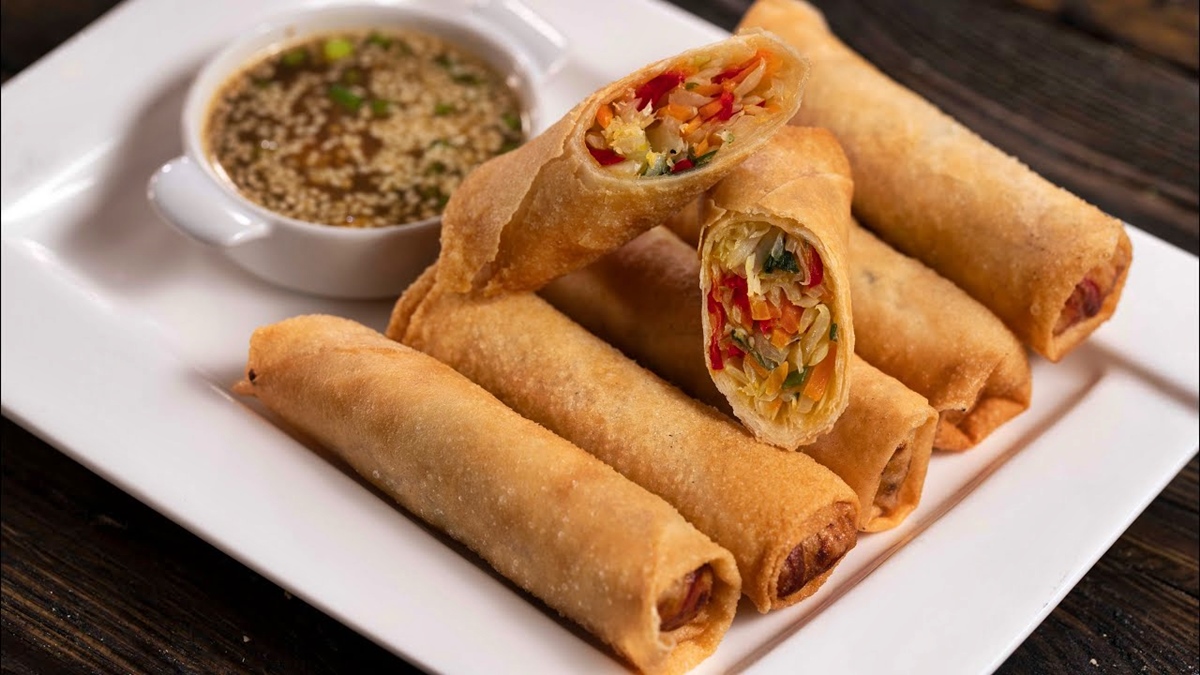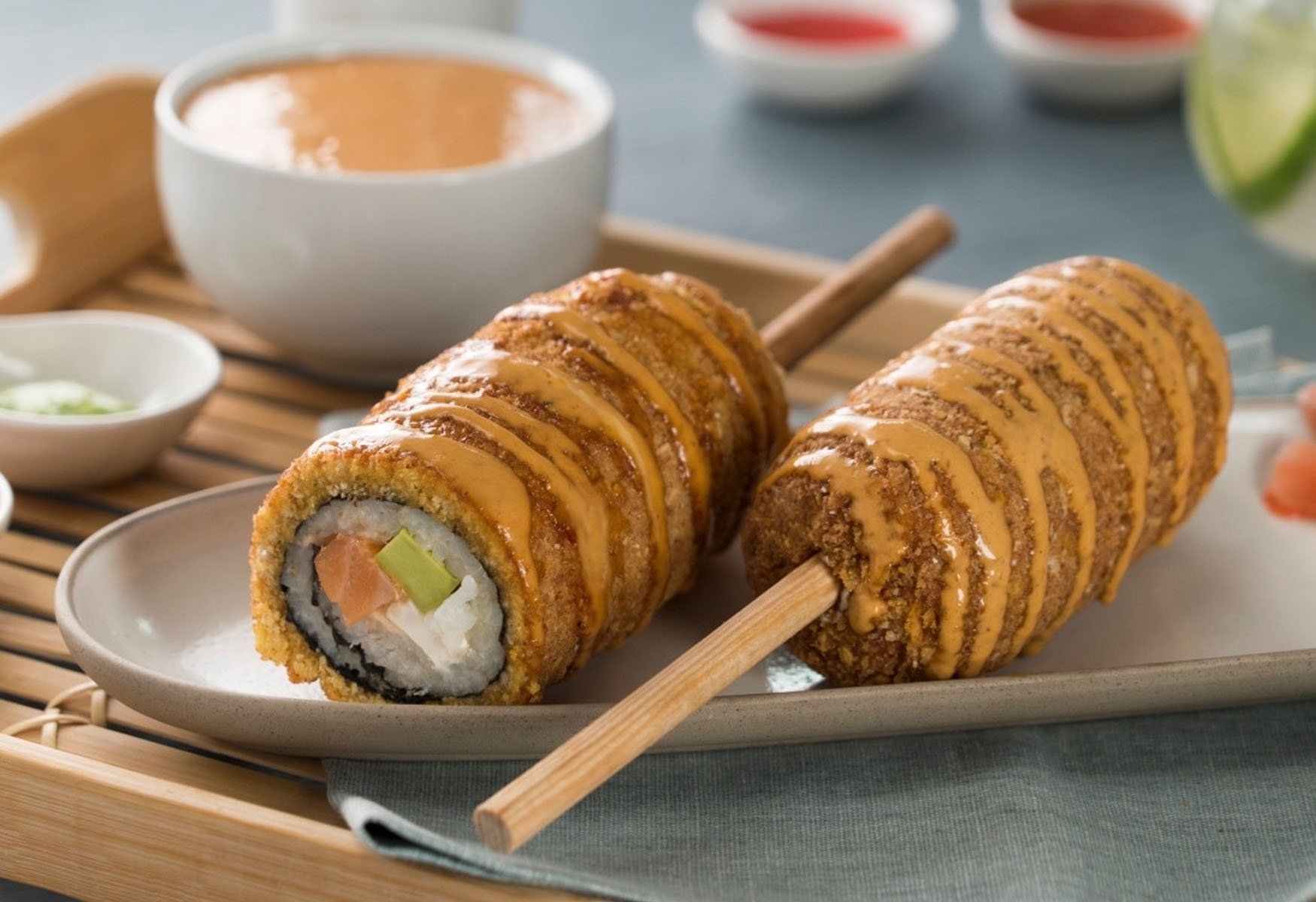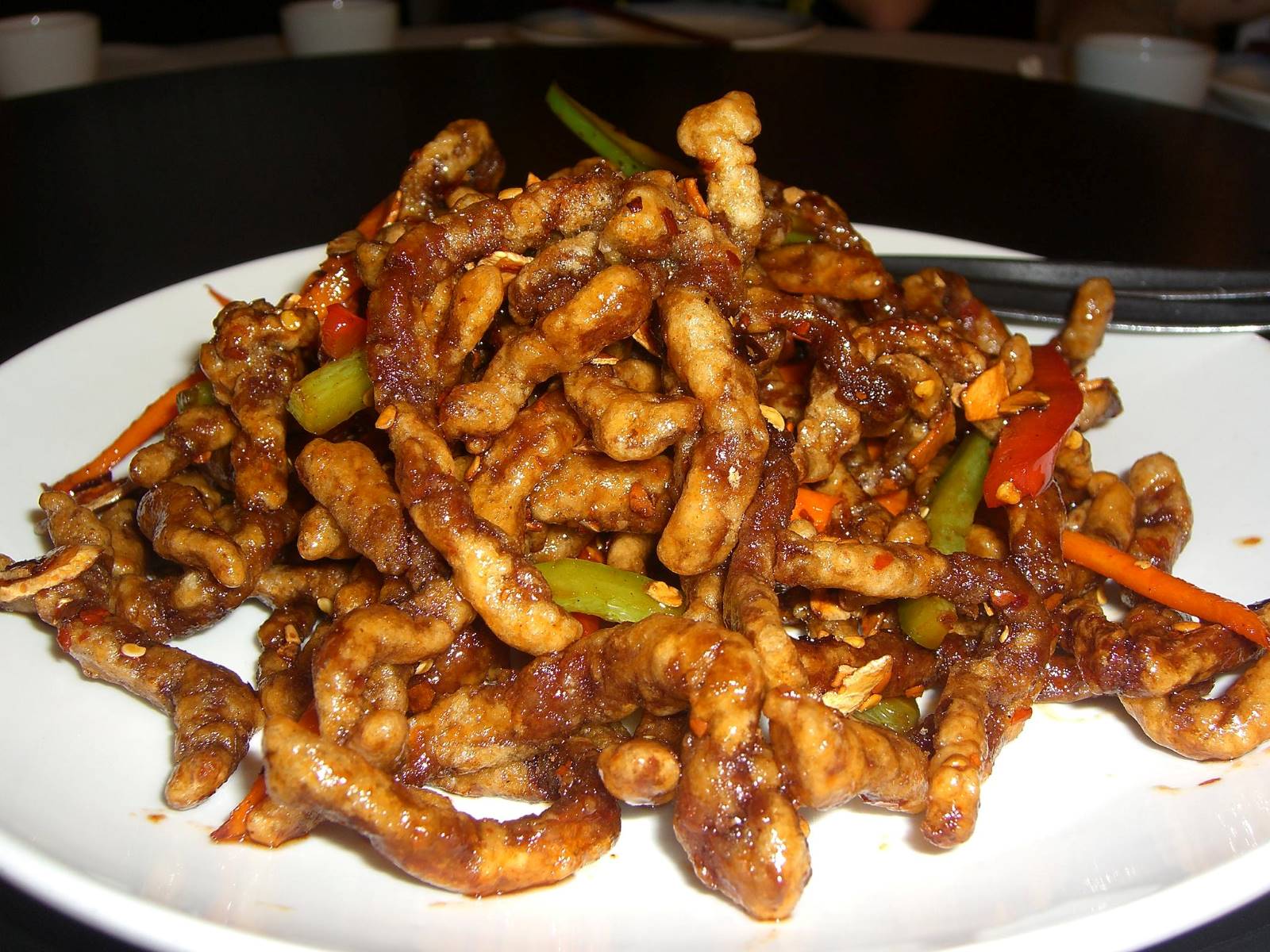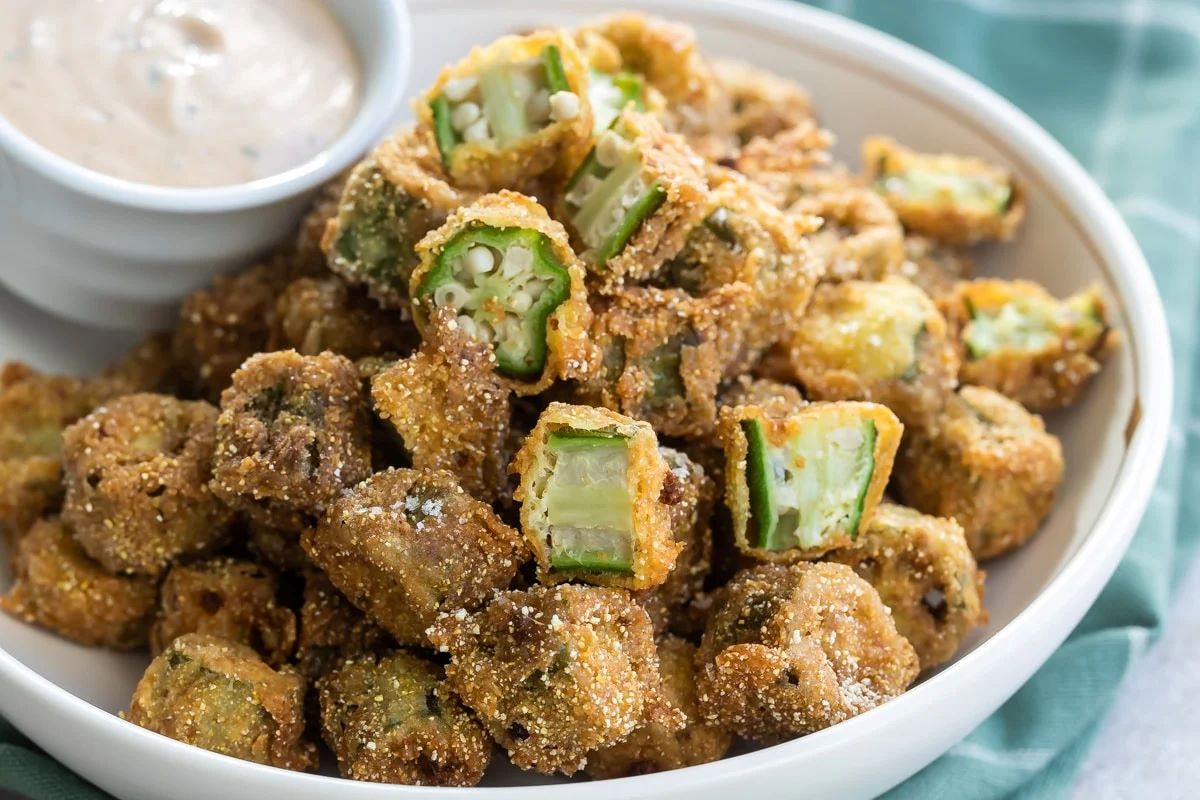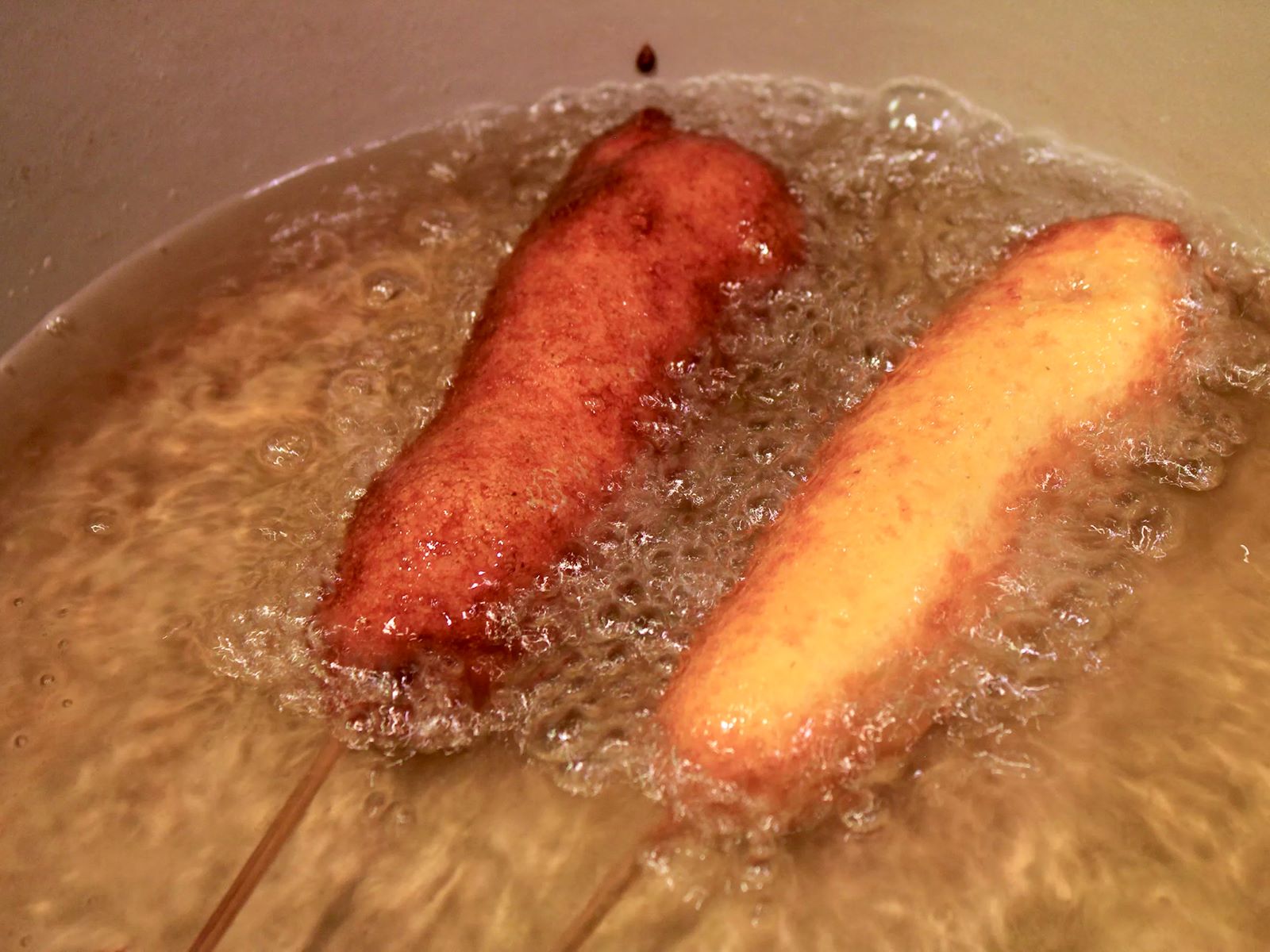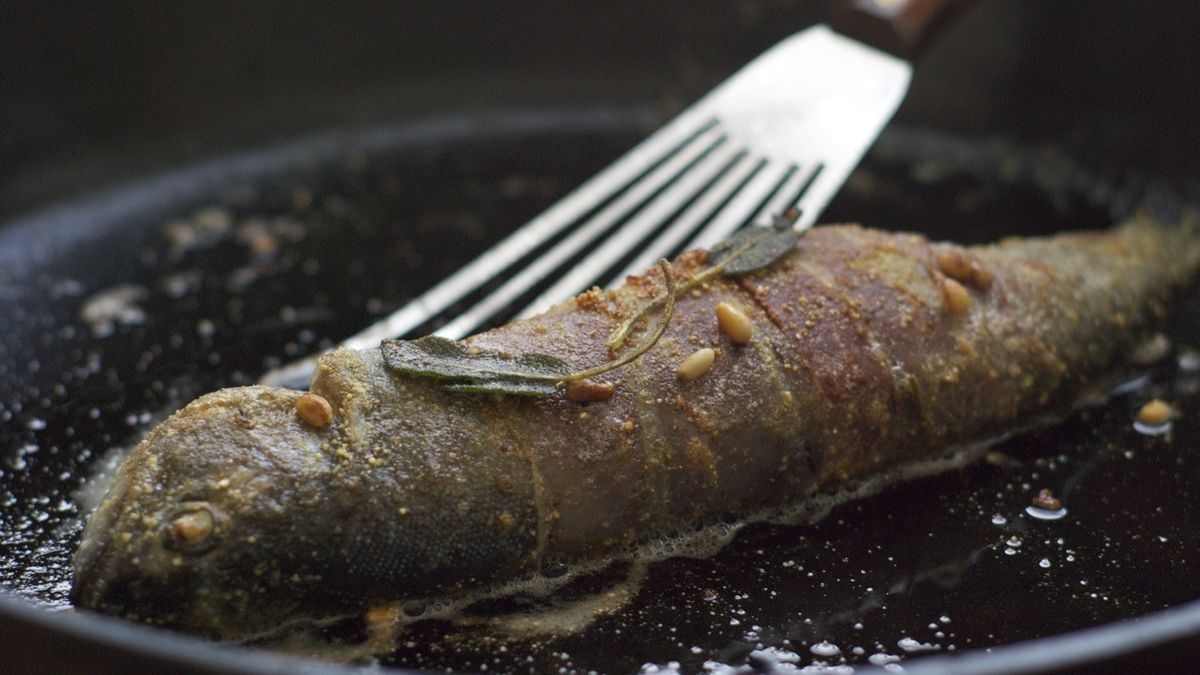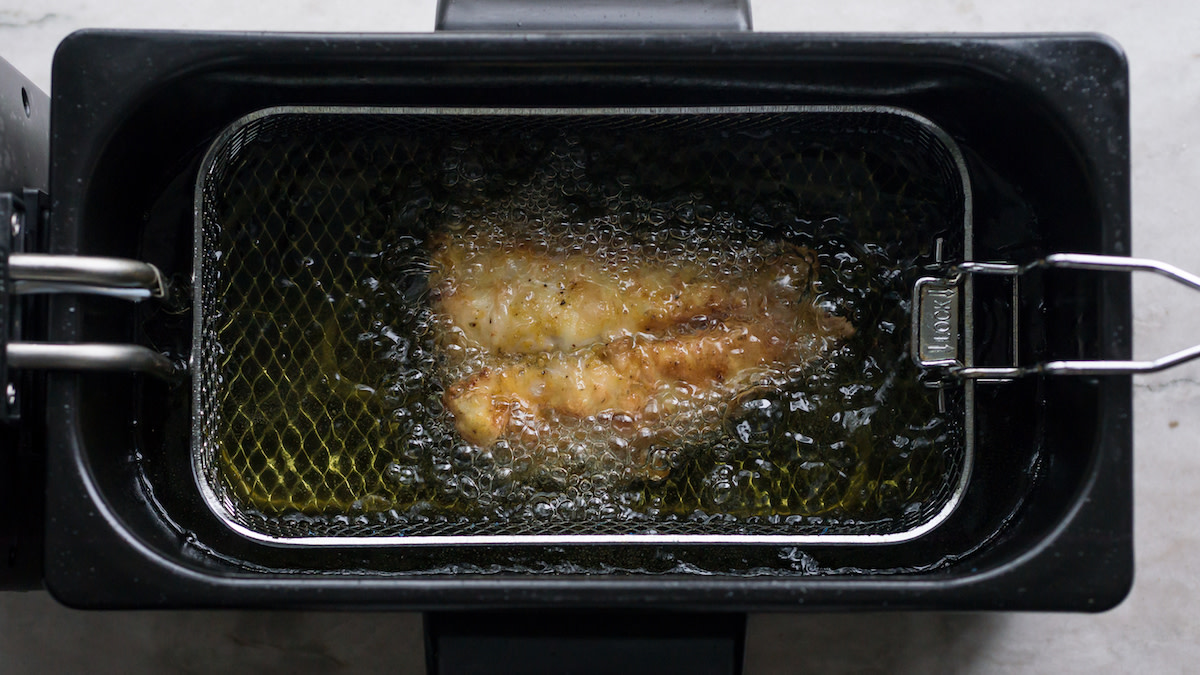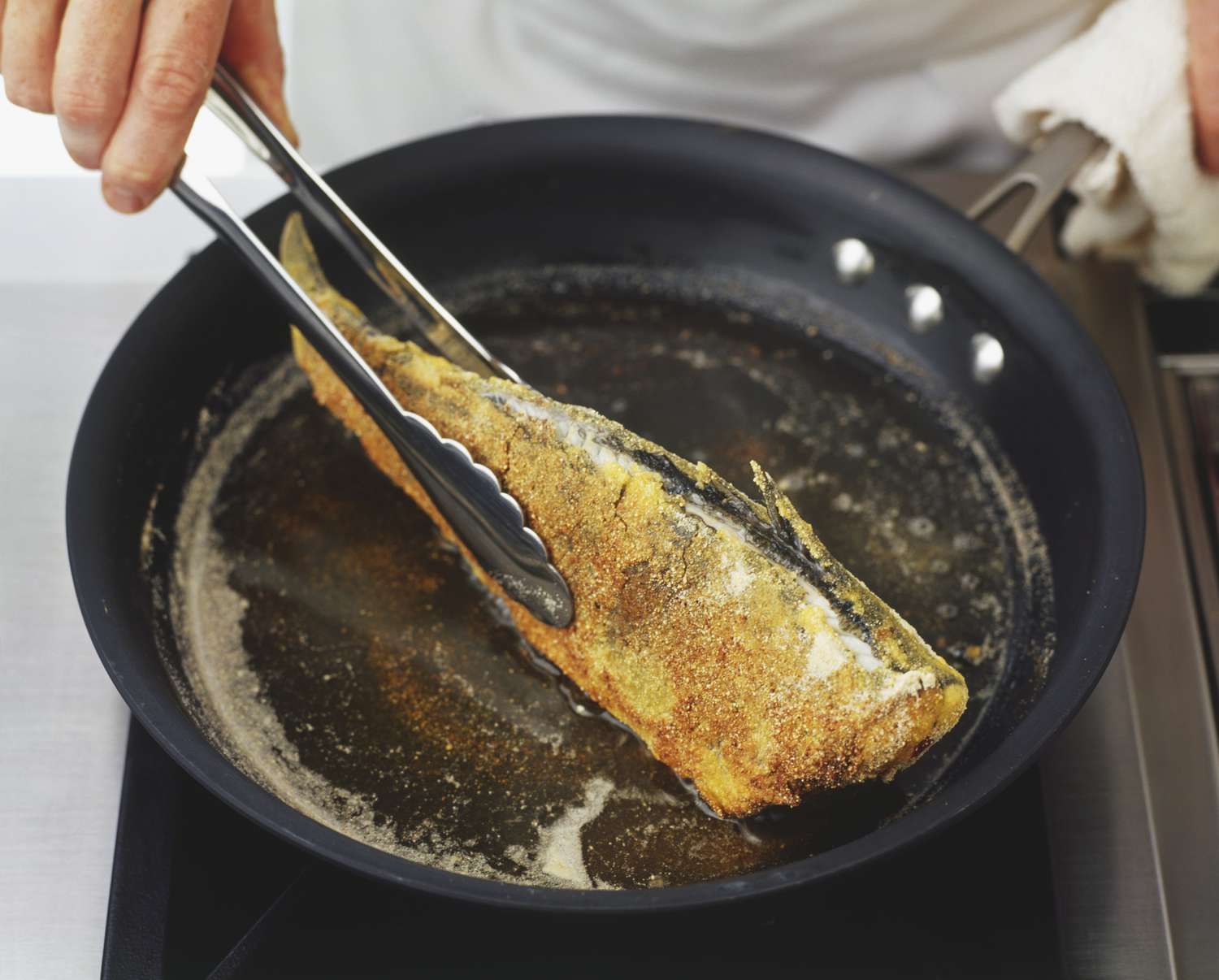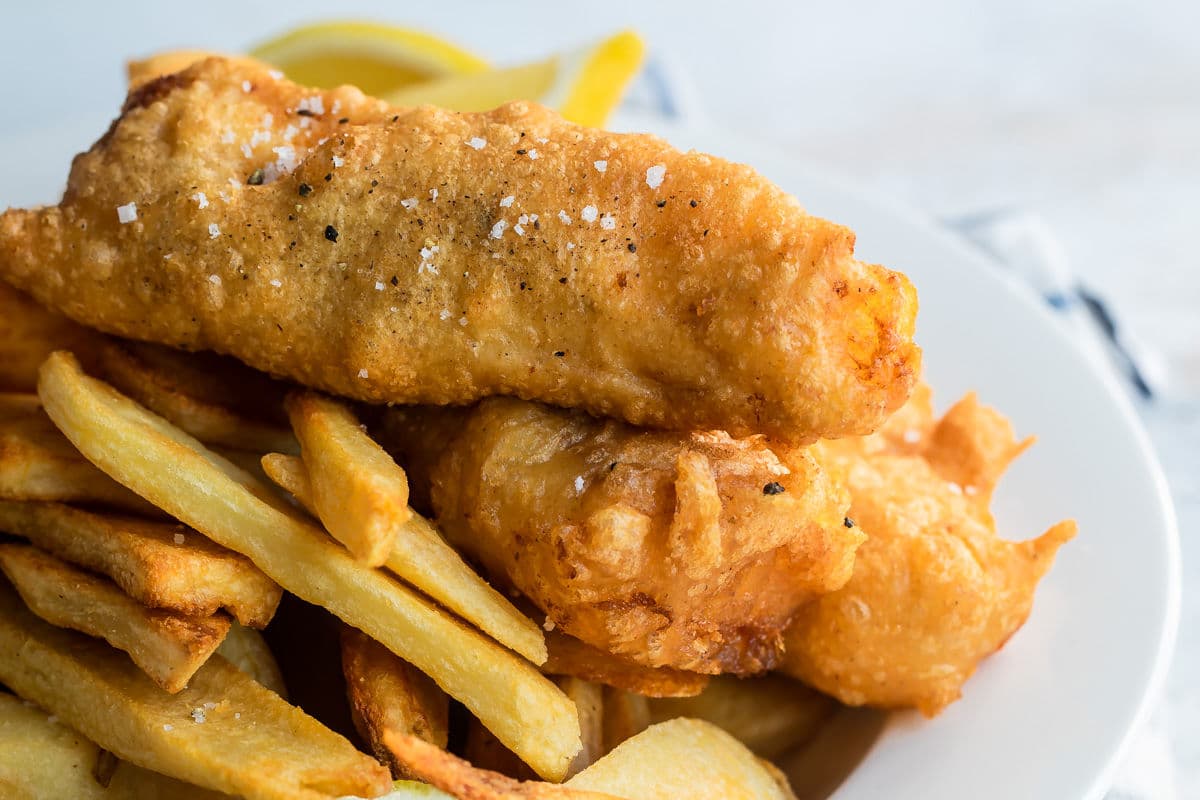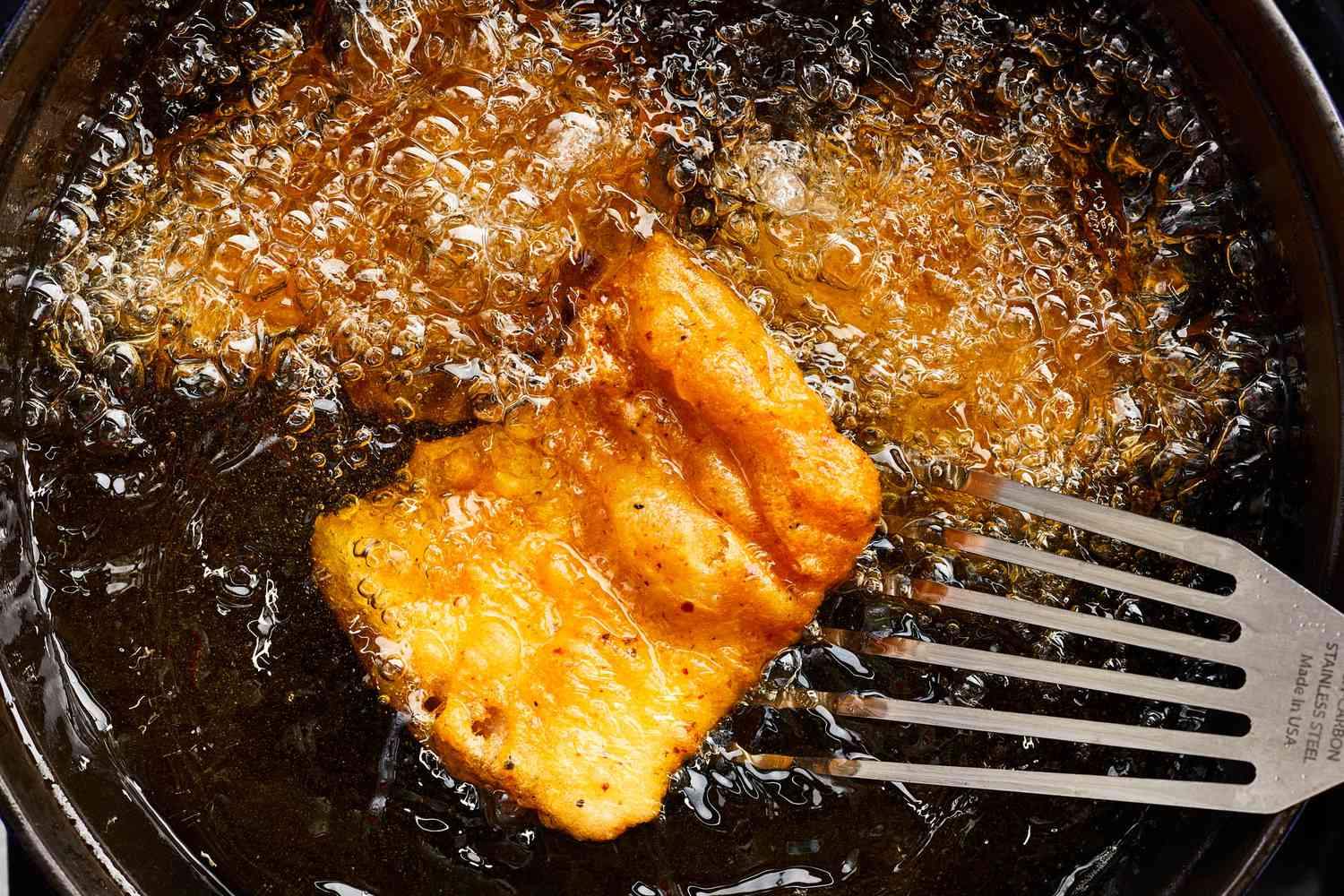Get Ready to Deep Fry Delicious Egg Rolls
If you’re a fan of crispy, golden-brown egg rolls, then you’re in for a treat. Deep frying egg rolls is a simple and delicious way to enjoy this popular dish. Whether you’re making them from scratch or heating up pre-made egg rolls, deep frying is a great way to achieve that perfect crunch. Follow these easy steps to create mouthwatering deep-fried egg rolls at home.
Ingredients You’ll Need
Before you get started, gather the following ingredients:
- Egg roll wrappers
- Vegetable oil
- Filling of your choice (such as shredded cabbage, carrots, and ground pork)
- Soy sauce
- Cornstarch
- Water
Step-by-Step Instructions
Now that you have everything you need, it’s time to start deep frying your egg rolls. Follow these simple steps:
- Prepare the filling by sautéing your choice of vegetables and protein in a pan. Season with soy sauce and let it cool.
- Place a spoonful of the filling onto an egg roll wrapper.
- Fold the sides of the wrapper over the filling, then roll it up tightly, sealing the edges with a mixture of cornstarch and water.
- Heat the vegetable oil in a deep fryer or large pot to 350°F (175°C).
- Carefully lower the egg rolls into the hot oil using tongs.
- Fry the egg rolls for 3-5 minutes, or until they are golden brown and crispy.
- Remove the egg rolls from the oil and place them on a paper towel to drain any excess oil.
- Serve the deep-fried egg rolls with your favorite dipping sauce and enjoy!
Tips for Success
Here are a few tips to ensure your deep-fried egg rolls turn out perfectly every time:
- Make sure the oil is hot enough before adding the egg rolls to achieve that crispy texture.
- Don’t overcrowd the fryer or pot – fry the egg rolls in batches for the best results.
- Use a slotted spoon or tongs to carefully turn the egg rolls while frying to ensure even browning.
- Allow the egg rolls to drain on a paper towel after frying to remove any excess oil.
Get Creative with Fillings
While traditional egg roll fillings are delicious, don’t be afraid to get creative with your fillings. Try using different combinations of vegetables, meats, and seasonings to create unique and flavorful egg rolls that suit your taste preferences.
Now that you have the know-how, it’s time to get frying! Whether you’re making a batch for a party or simply craving a tasty snack, deep-fried egg rolls are sure to be a hit. So, gather your ingredients, follow these steps, and get ready to enjoy some irresistible homemade egg rolls!
